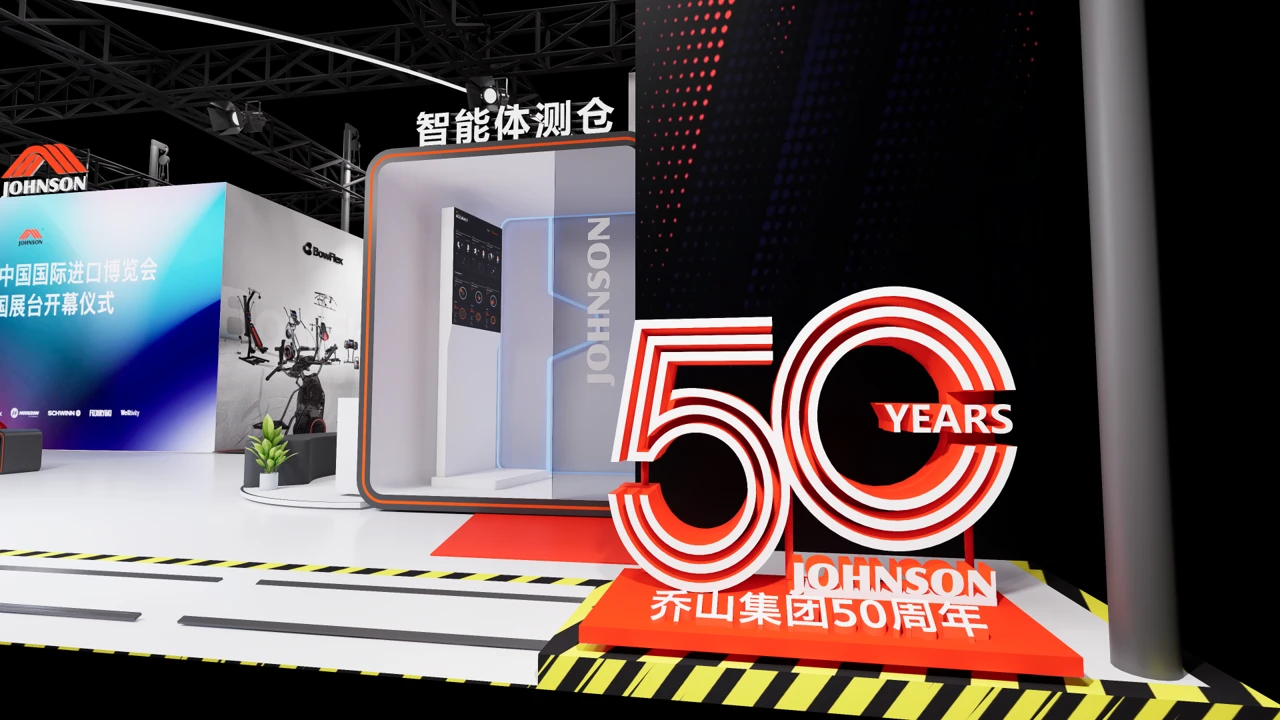Democratization of Fitness Products: Value Innovation or Exploitation?
1. Democratization: The Underlying Tone of Human Civilization
Throughout human history, whether in the transformation of political systems or the evolution of commerce, human civilization has consistently progressed toward greater equality. From divine rule to human governance, from aristocratic privilege to universal education, and from elite culture to mass consumption—virtually every form of progress has been driven by the pursuit of wider accessibility: enabling more people to participate in, use, and share resources once reserved for the few.
The Zhou dynasty’s replacement of the Shang in China’s acent time was not merely a change of regime but symbolized the decline of theocracy and the birth of human-centered order. The Industrial Revolution, likewise, broke the monopoly of nobles and artisans over technology, making machine production a force available to everyone. The essence of this process lies in technological revolutions that elevate productivity, turning what was once expensive and scarce into affordable and common.
Democratization is not merely an economic phenomenon—it is a civilizational logic. When Microsoft once declared its mission to put “a computer on every desk and in every home,” it was more than a commercial goal; it was a manifesto of technological equality. It reflected the belief that technology should not only serve elites but become an integral part of everyday life.
Every “democratization revolution”—in communication, transportation, education, or health—follows the same pattern: as technology matures, costs drop, and information spreads, products that once symbolized status are reshaped by social demand.
In fitness, this logic is just as evident. The first gym memberships were once a badge of prestige. But as manufacturing improved, costs fell, and distribution channels expanded, products that once signified status gradually became accessible to the masses.
2. From Strength Worship to Public Health: The Democratization of Fitness
The evolution of the fitness industry mirrors the broader history of democratization. In the late 19th and early 20th centuries, fitness was a symbol of privilege. European gymnastics, France’s “natural training” movement, and American strongman shows served soldiers, nobles, and professional athletes. Fitness then was about strength, discipline, and display—not health or lifestyle.
The rise of industrial manufacturing changed everything. In mid-20th-century America, “Muscle Beach” became the cultural hub of modern fitness. Companies like Nautilus and York Barbell began mass-producing equipment, while gyms opened to the public. The rise of Arnold Schwarzenegger made bodybuilding global; fitness shifted from elite sport to mainstream lifestyle, becoming part of America’s cultural export.
From the 1970s to the 1990s, equipment began entering homes. Treadmills, stationary bikes, and steppers became household items. Infomercials and videotapes popularized “home fitness.” Jane Fonda’s iconic workout videos turned fitness into a social phenomenon, bringing women into the mainstream of exercise culture. Fitness equipment no longer symbolized professional training—it became a consumer good. For the first time, the fitness industry achieved true “hardware democratization.”
In today’s digital age, a second wave of democratization is underway. The internet and digital technologies have lowered the barriers to access and service. Across the U.S. and Europe, gyms offering memberships for $10–20 per month are ubiquitous. In Japan, my client chocoZAP** has rapidly expanded with a low-cost, unmanned model. In China, LEFIT has adopted a “light-asset + affordable pricing” strategy and aims for “10,000 gyms in 100 cities.”
3. Opportunities and Traps in Democratization in Fitness Market
For fitness product and service providers, this is both an age of opportunity and a field of pitfalls.
For years, the biggest consumer complaint about fitness equipment was price: “It’s just a few metal tubes—why so expensive?” Now, thanks to China’s manufacturing clusters and supply chain efficiency, the global cost and pricing structure of products has become far more affordable. Meanwhile, the widespread use of internet platforms has democratized sales channels. However, when everyone can open a DTC shop on Amazon or TikTok, the same “democratization” of distribution has diluted brand trust.
Worse, as markets fill with “entry-level” users, some companies exploit rather than educate. They chase superficial appeal and misleading marketing while neglecting training experience and long-term value. When democratization degenerates into a “harvesting game,” the industry shifts from educating users to exploiting them. The less the consumer knows, the easier it is for companies to profit. But once these companies become dependent on this exploitative model, they inevitably lose the trust of an increasingly aware public.
4. Ideals and Reality: Democratization Is Not the Same as Degradation
“Making good products affordable to everyone” is not a slogan—it’s a responsibility. Companies must achieve rational pricing through technological innovation, deliver real benefits through education and user experience, and build lasting trust through brand credibility. Only then can democratization become innovation, not exploitation.
Democratization is not a price war—it’s a value reconstruction. Ideals without realistic grounding remain slogans; realism without ideals descends into short-sighted competition. The democratization of the fitness industry is, in essence, a dialectic between idealism and realism.
Entrepreneurs with genuine missions must be *clear-eyed idealists*: understanding user needs and limitations while respecting their learning curve; pursuing efficiency and cost control while safeguarding product professionalism and long-term value.
The success of democratization is not about who makes things cheaper—but who can reduce prices while maintaining quality, experience, and trust.
5. From Moral Economy to Fitness Civilization
Adam Smith once noted in “The Theory of Moral Sentiments” that the “invisible hand” only works in societies built upon justice, honesty, and trust. Without morality, markets become exploitative; with morality, they evolve into civilization.
The same applies to the fitness industry. If companies rely on misinformation, exaggerated marketing, and ultra-low prices to earn short-term gains while neglecting education and authentic experiences, such “democratization” devolves into “extraction.”
Only when technology and health cease to be privileges of the few—and become affordable, comprehensible, and sustainable for everyone—will the fitness industry truly transcend commerce and enter the realm of civilization.


















Comments (0)
No comments yet, be the first to comment!